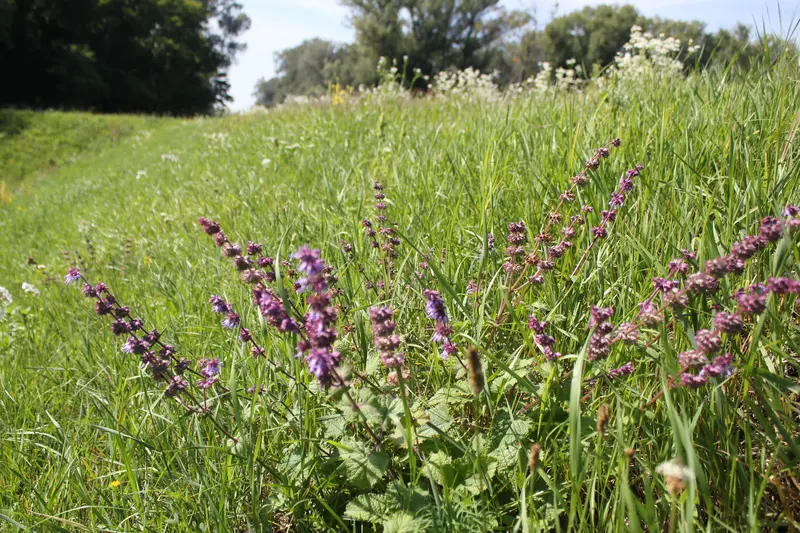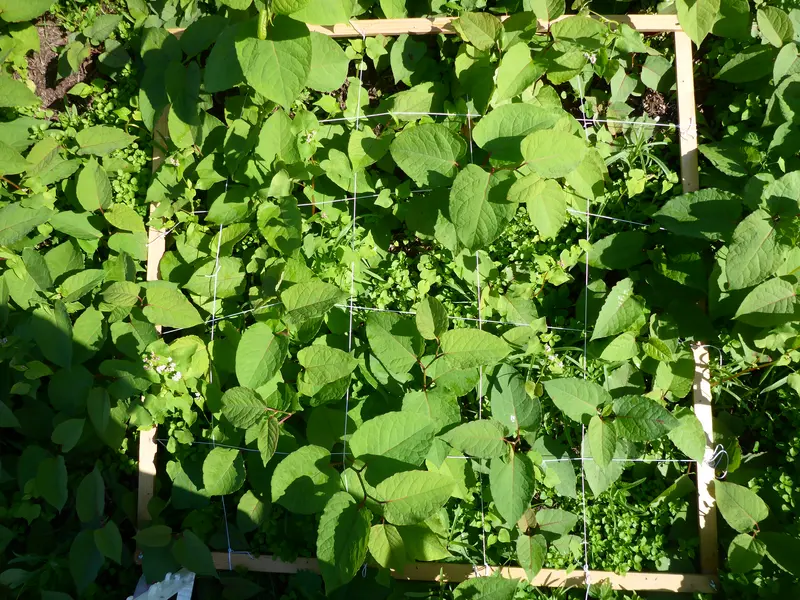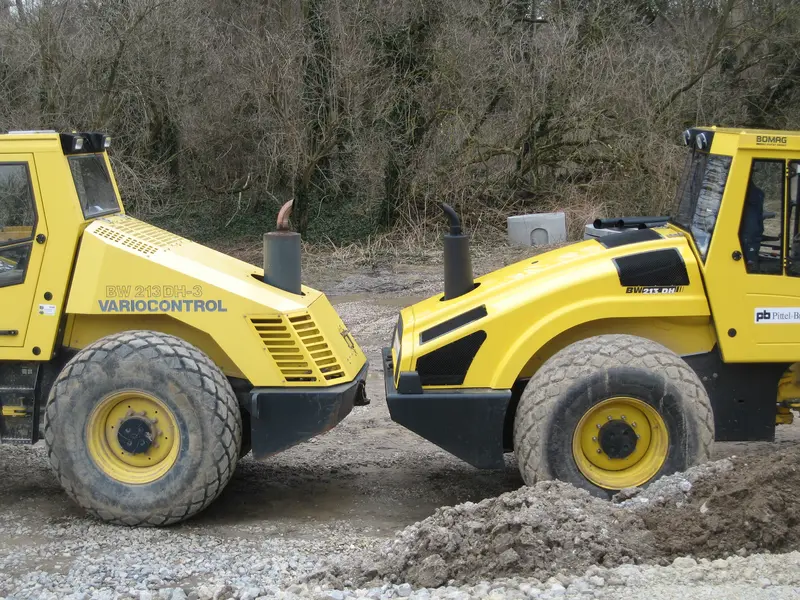Meadow management on dams
Due to their gradient and exposure, dams are a mosaic of habitats that, with proper care, can encourage ecologically valuable meadow vegetation. The landscaped areas maintained and cared for by viadonau are often the only extensive meadows in the area and therefore have particular importance for the biodiversity of the region. In order to preserve species and structural diversity, appropriate care concepts are developed by Natural Resources Management, whereby different areas requiring care and maintenance are prioritised. In some areas, mowing and the removal of the resulting cuttings is particularly important for the conservational benefits of such meadow maintenance measures. The presence of specific types of butterflies, grasshoppers, bees and bumble bees, as well as the appearance of the European fresh water terrapin are all target species for Natural Resources Management.
Dealing with neophytes
Special focus is placed on the management and combating of woody neophytes such as the acer negundo, ailanthus and locust tree, which often take over areas of native floodplain vegetation. The most common form of control currently in use is curling, whereby the bark is completely removed from mature trees. The transportation of nutrients from the crown to the roots and vice versa is thus interrupted. Some years later, the tree can be felled. Other methods have little effect, cutting them down merely leads to increased shoots growing from the stumps. The use of herbicides in environments near water is prohibited and is contrary to viadonau’s core values. Reforestation is always undertaken with site-specific trees.
Herbaceous neophytes have already been pushed back by regular meadow maintenance. Targeted measures are undertaken where spreading invasive species remain dominant. Examples of this are the frequent mowing of areas occupied by Japanese knotweed, the sowing of regional seeds and the early mowing and removal of cuttings in areas dominated by goldenrod or impatiens.
Accompanying ecological measures during construction
Construction projects, including the reconstruction of flood control dams and restoration projects, are usually carried out in environmentally sensitive environments. In order to prevent any environmentally adverse effects, areas of significant ecological value are mapped and recorded. In addition new ecological areas are created to compensate for areas that are affected by construction. The affected areas are later restored to their former state (sowing of seeds that are appropriate to the location, reforestation with native species). Measures are also taken to protect amphibians and the breeding seasons of birds are also taken into account during the project planning phase.



